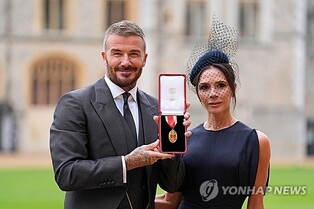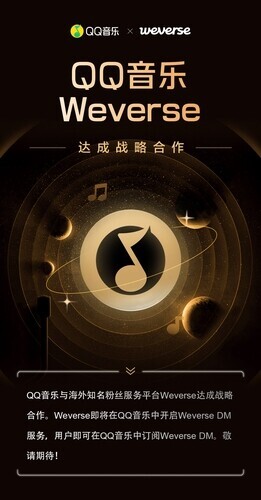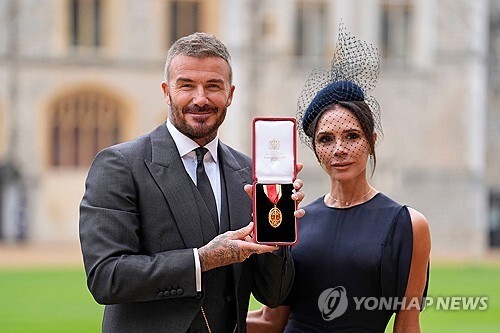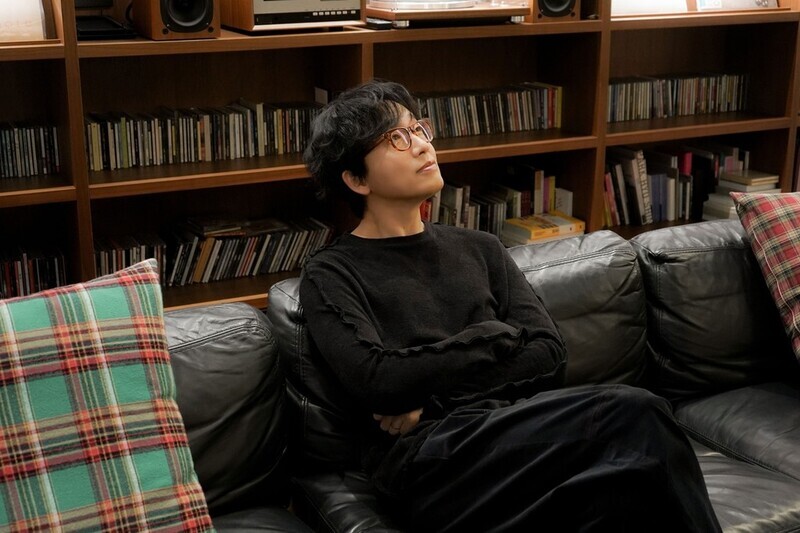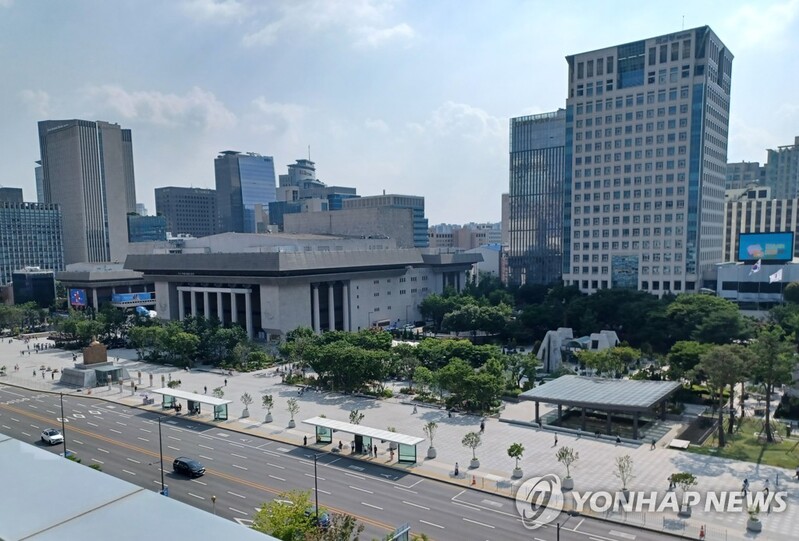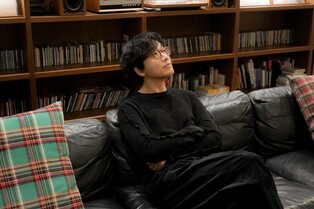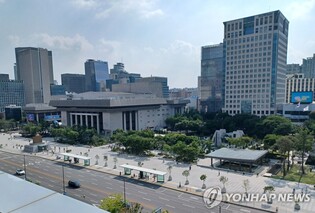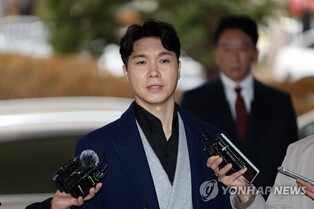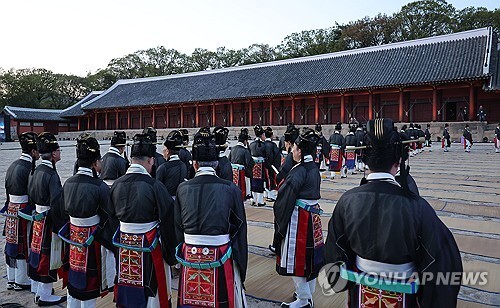 |
| ▲ In this file photo, people dressed in traditional robes participate in a royal ritual, known as "goyuje," at the Main Hall of Jongmyo Shrine in Seoul on April 20, 2025, to report the return of 49 spirit tablets of the past kings and queens of the Joseon Dynasty (1392-1910) to the shrine following its five years of restoration. (Yonhap) |
SEOUL, Nov. 7 (Yonhap) -- South Korea's heritage chief has warned that the Seoul metropolitan government's decision to allow a high-rise building to be built directly across from Jongmyo Shrine could lead to the sacred site being stripped of its UNESCO World Heritage status.
Huh Min, the head of the Korea Heritage Service (KHS), expressed "deep regret" at the National Assembly on Wednesday over the local government's recent approval to significantly raise the height limit for a city-led redevelopment project in the Sewun 4 District, located across from the 14th-century Confucian shrine.
"The possibility of the inscription being revoked is not zero," Huh told the National Assembly's Special Committee on Budget and Accounts when questioned about potential consequences if the city proceeds with the plan.
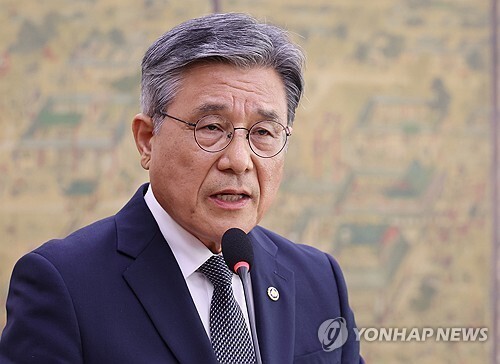 |
| ▲ Huh Min, the head of the Korea Heritage Service (Yonhap) |
It was the first public remarks from the KHS chief on the project's implications on the shrine, which enshrines the ancestral tablets of Joseon Dynasty kings and queens.
Last month, the city government revised its redevelopment plan for the Sewun 4 District, increasing the maximum allowable building height in the area from 71.9 meters to a staggering 145 meters -- more than double the previous cap.
Jongmyo, one of South Korea's earliest UNESCO World Heritage sites, was inscribed in 1995 for its outstanding universal value as the oldest and most intact royal Confucian shrine. According to the KHS, UNESCO's original inscription condition explicitly stipulated that no high-rise building permits are granted in the adjacent areas that could harm the landscape of the World Heritage site.
Huh explained that his agency has been sending official letters and holding meetings with the Seoul city government since 2006, urging them to adhere to UNESCO's recommendations and conduct a heritage impact assessment before any major changes are made. The city, however, "unilaterally announced" the revision, Huh noted, adding that the notification was issued during the Asia-Pacific Economic Cooperation (APEC) meeting period.
Huh emphasized that the issue goes beyond whether the new buildings will cast a shadow over the shrine. The fundamental question, he said, "is what legacy our nation will choose to pass on to future generations."
(C) Yonhap News Agency. All Rights Reserved

















